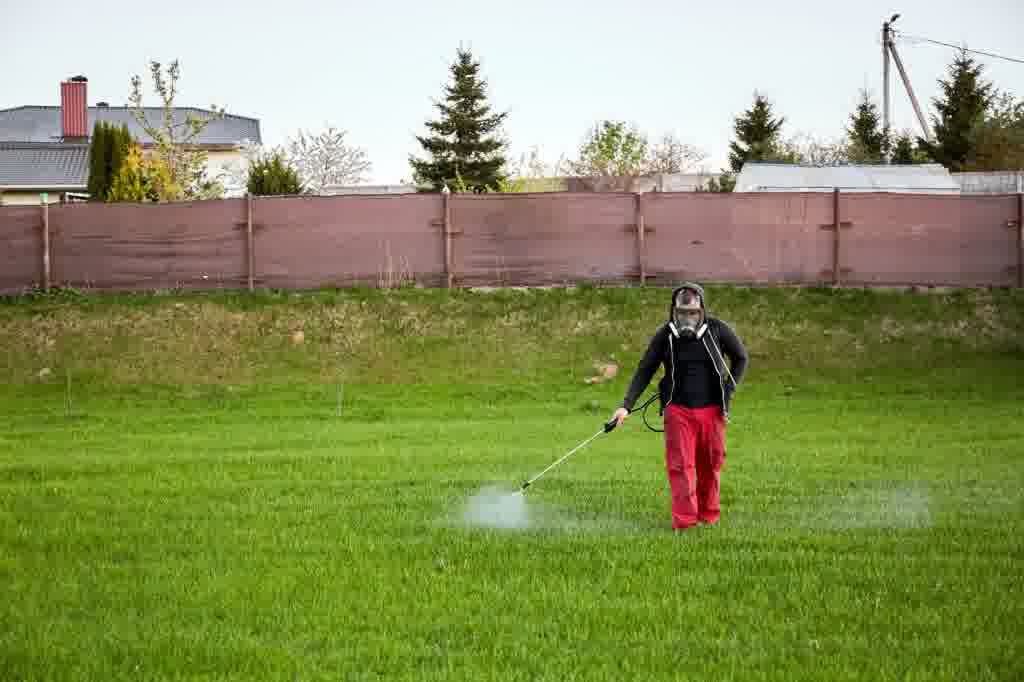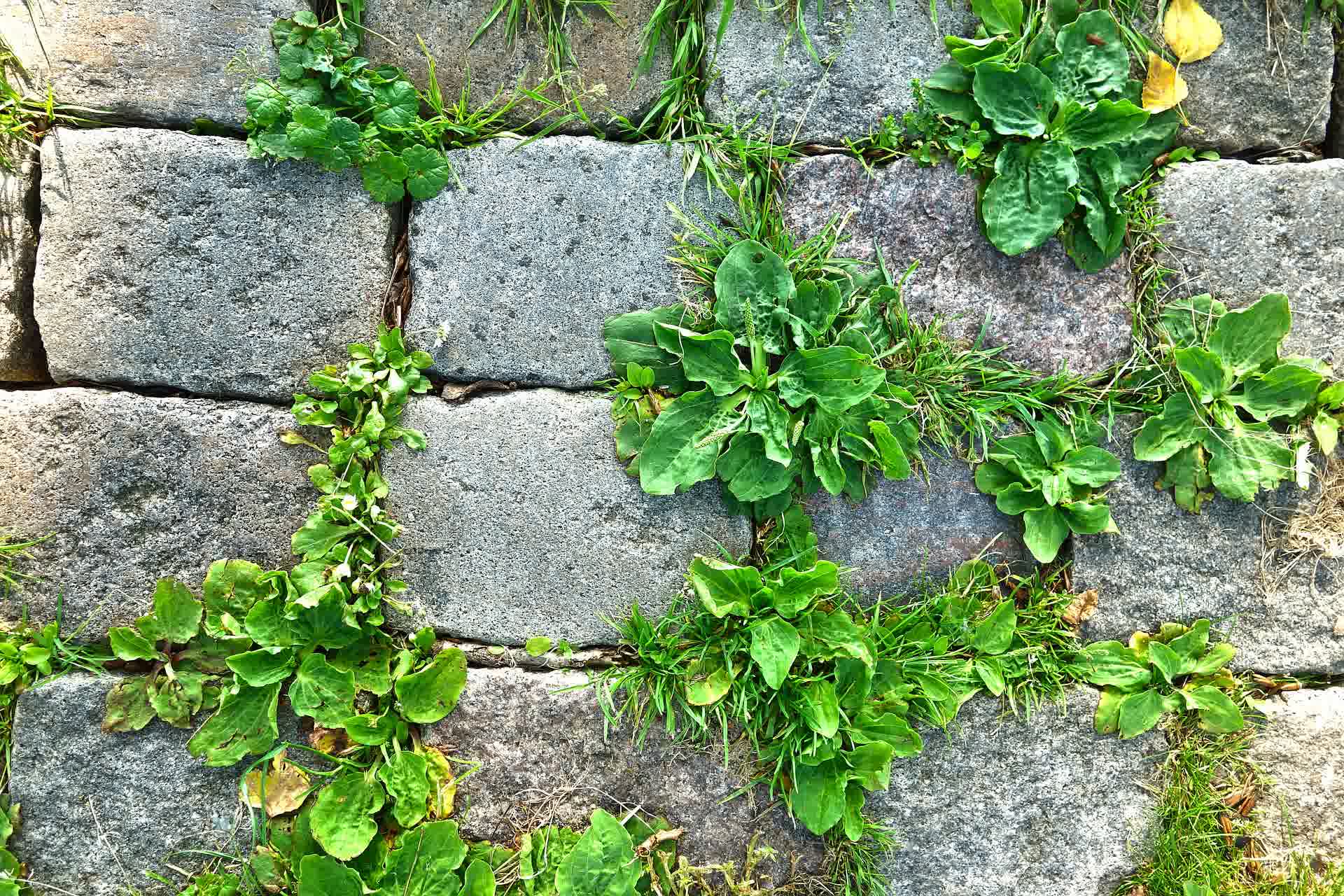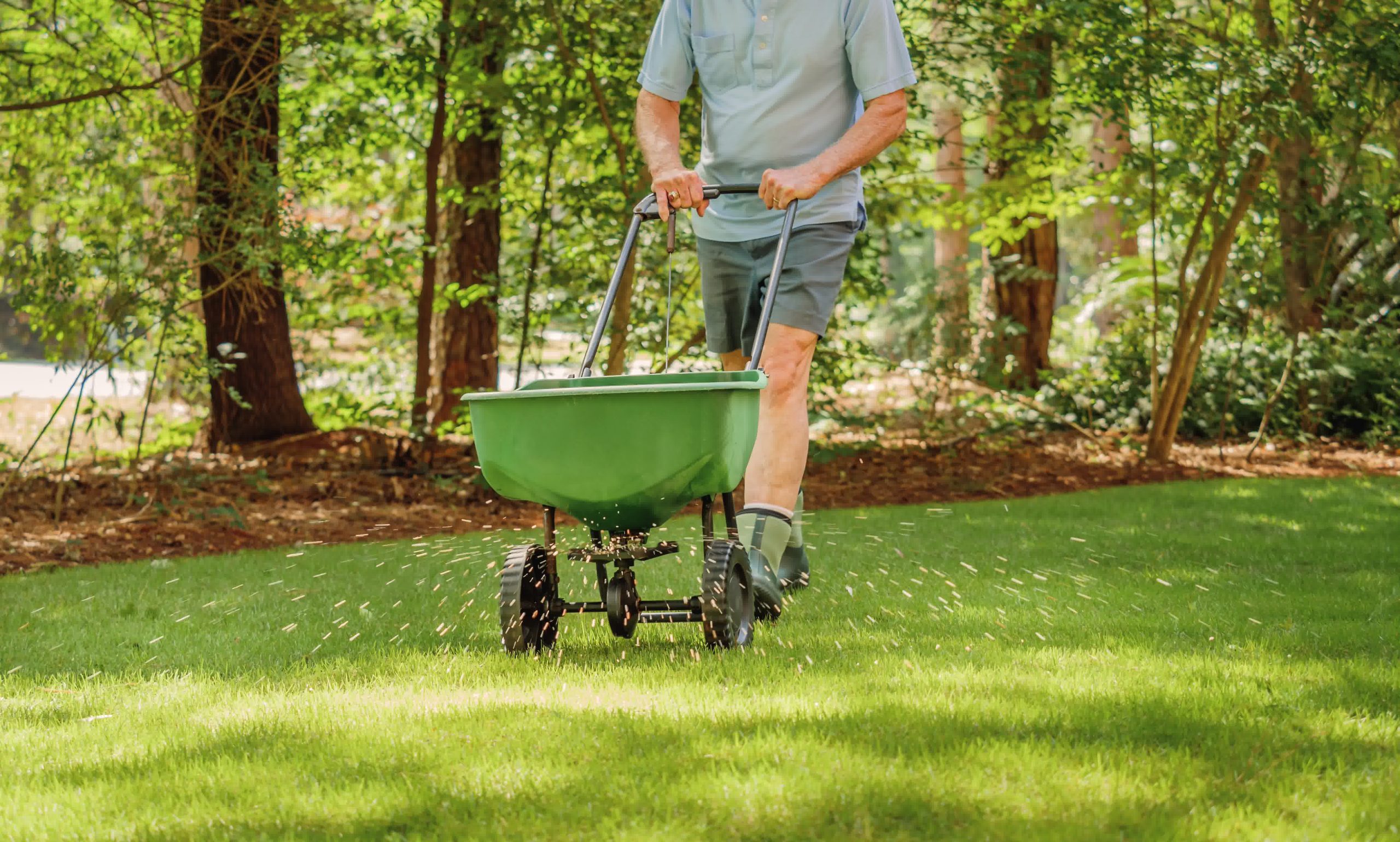Smart Weed Control & Fertilization Tips for a Healthier Lawn
A healthy, green lawn doesn’t happen by accident. It takes planning, consistent care, and most importantly, timing. Weed control and fertilization are the backbone of any effective lawn care strategy, but many homeowners struggle to apply them at the right time or in the right way. Understanding when and how to apply treatments can make the difference between a patchy, weedy yard and a lush, resilient lawn that thrives throughout the seasons. From spring pre-emergents to summer spot treatments and managing new invasive weeds, this guide offers key insight for building a better lawn from the roots up.
Mastering Weed Control and Fertilization Timing
Why Early Spring is the Starting Point
The best lawn care routines begin before you see visible problems. Early spring is the critical starting point for both fertilization and weed control. As soil temperatures begin to rise in late February to early March, dormant weeds start germinating beneath the surface. Applying a pre-emergent herbicide at this stage prevents many of the most common grassy and broadleaf weeds from taking root. It’s a proactive step that significantly reduces the need for weed treatments later in the season.
At the same time, your lawn is beginning to wake up from winter dormancy. Applying a slow-release fertilizer gives your grass the nutrients it needs to grow thick and healthy. When applied in early spring, it promotes root development, encourages even growth, and supports the turf’s natural ability to outcompete weeds. Getting this timing right can create strong turf density that chokes out invaders before they have a chance to establish.
Avoiding Overapplication in Spring
While the temptation to apply multiple products all at once may be strong, over-fertilizing or layering herbicides too close together can stress your lawn. Especially in transition zone climates, where warm- and cool-season grasses may overlap, restraint is essential. Stick to recommended rates and allow each treatment to take effect before applying additional products. A healthy lawn isn’t built overnight—it’s the result of consistent, seasonally-appropriate care.

Smart Summer Lawn Care Strategies
Spot Treatments Over Blanket Spraying
Once your lawn is established for the season, weed control becomes more targeted. Rather than applying broad-spectrum herbicides over the entire yard, it’s smarter to shift to spot treatments. This approach protects your grass from unnecessary chemical exposure during the hot months while still tackling visible problem areas. Hand-spraying or using selective herbicides for crabgrass, clover, or other persistent summer weeds allows you to maintain control without stressing the lawn or encouraging resistance.
Spot treatments work best when paired with consistent mowing, proper watering, and targeted fertilization. Keeping grass healthy through the summer requires less energy from chemicals and more reliance on good cultural practices. Thick turf can naturally crowd out most invasive weeds before they gain a foothold.
Feeding Through the Heat
Even with a strong spring fertilization, your lawn will benefit from a midsummer nutrient boost. Late May or early June is often an ideal time for a second round of slow-release fertilizer, especially if you’re using a product with a balanced nitrogen content. This supports blade growth and color during peak growing months. Avoid high-nitrogen formulas in the heat of July and August, as they can burn the grass or trigger rapid, weak growth.
Instead, a lighter application of organic or granular fertilizer in late summer helps the lawn recover from heat stress and prepares it for fall. Deep watering after application helps activate the nutrients and ensures they reach the roots where they’re most effective.

Identifying and Managing Emerging Weeds
The Rise of New Lawn Invaders
In recent years, homeowners across the South have noticed the arrival of new weeds that weren’t common in previous seasons. One emerging concern is a low-growing broadleaf weed known as Chevreul’s sharp weed, sometimes referred to by locals as “skyseed.” This weed spreads quickly in early spring and can dominate thin turf areas if left untreated. Its white flower clusters and hairy stems make it easy to identify once it’s established—but that’s often too late to prevent its spread.
Early identification is critical. Checking your lawn regularly for new growth patterns or unusual weeds helps you act before seeding occurs. Broadleaf pre-emergents in early spring, paired with hand pulling or targeted post-emergent sprays, are your best line of defense. Ignoring new threats like this allows them to establish root systems that are harder to eliminate later in the season.
Prevention Through Lawn Density
The most effective long-term strategy for preventing weeds—both new and familiar—is a thick, well-fed lawn. Dense turf leaves little room for weed seeds to germinate and spread. Fertilizing regularly, mowing at the proper height, and addressing any bare spots with overseeding can reinforce your lawn’s natural defenses. While chemical weed control has its place, a lush lawn is the most natural form of protection you can build.

Conclusion
A healthy lawn is the result of intentional, timely care—especially when it comes to weed control and fertilization. Starting early in the spring with pre-emergent treatments and the right nutrients lays the groundwork for strong turf. In summer, careful spot treatment and smart fertilizing keep your lawn thriving through the heat. And by learning to identify and manage emerging weeds before they spread, you can stay one step ahead of the next lawn invader. With these practices in place, your yard will not only look better—it will be more resilient, easier to maintain, and better equipped to fight weeds naturally.
Get ahead of your weed control and fertilization today, get in touch with us to learn more about our Lawn Care, Weed Control, Fertilizer services.

“I've been dealing with Greenway for several years now and their work has always been exemplary! They took over my weed control and the results have been night and day compared to the treatments I attempted on my own (and for an incredibly reasonable price)”

“Greenway Lawn Care is a fabulous company!! Michael and his staff always contact me before they do my yard and do it to my specifications, taking care to remember my dog in the back yard. The applications are done in a timely fashion and, most of all, our yard looks fantastic!!”

“Greenway has been great to work with on my lawn treatments. My yard consistently looks healthy. They do a great job of spotting any issues and providing a solution. Always professional and courteous. I highly recommend it.”

“I cannot say enough great things about Greenway Lawn Care! Michael Cowan, the owner and operator, is truly a professional who goes above and beyond to ensure exceptional service.”

“Michael and his crew do a great job keeping my yard weed free and nourished. His extra care in helping me when needed is great.”
SERVICES
Lawn Care
Weed Control
Fertilizer
Lawn Services
Shrub Fertilization
Commercial Lawn Treatments
Ant control
Lawn Treatment Programs
SERVICE AREAS

"*" indicates required fields
 (205) 842-4436
(205) 842-4436 info@greenwaylawncareal.com
info@greenwaylawncareal.com